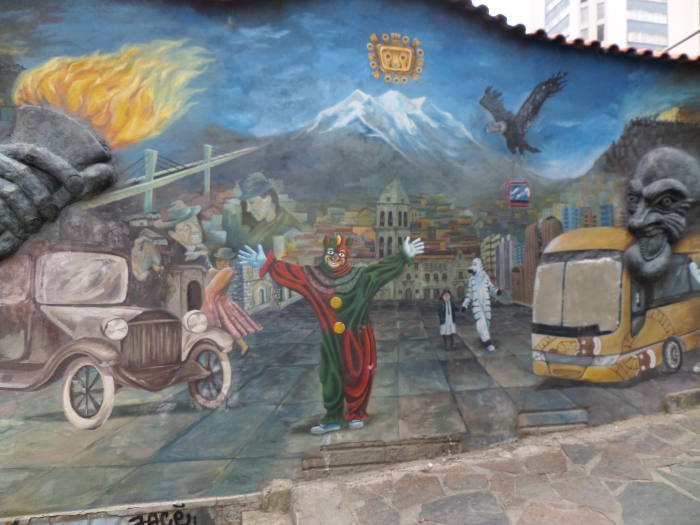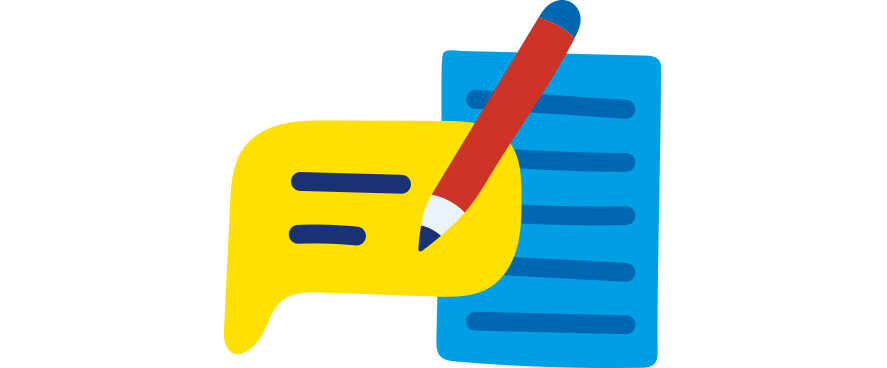-
12 January 2018
Category : Reportage
Stories about a problem: drug trafficking and people trafficking in Bolivia
The First Journalistic Feature Contest organised by SC-CONALTID and FIIAPP seeks to make the fight against these crimes visible within the framework of the project to support Bolivian institutions
 Representative mural of La Paz (Bolivia)
Representative mural of La Paz (Bolivia)“At 27, Noelia has experienced more than anyone of her age; she is one of the five women who are interned in the Drug Dependants ward at the San Juan de Dios Psychiatric Hospital in Cochabamba, for polydrug use…”
Thus begins Moments of pleasure in exchange for a life of suffering, the winning story in the First Journalistic Feature Contest “Prevention of Drug Taking and Fight Against the Smuggling and Trafficking of Persons”. Laura Manzaneda Barrios, a journalist for The Times in Bolivia, narrates the life of a drug addict who loses custody of her children and arrives at an institution to rehabilitate herself.
According to the Latin American Observatory on Drug Policy and Human Security, 97% of the population considers drug use to be a social problem. Moreover, the fact is that the country is the epicentre of drug trafficking.

Laura Manzaneda receives first prize The portrayal of positive experiences in the prevention of drug use or in the fight against the trafficking and smuggling of persons is the goal of this contest organised by SC-CONALTID and FIIAPP, within the framework of the project to support the fight against drug trafficking and related crimes.
A story that seeks to provide training for Bolivian institutions in the fields of operational criminal investigation, intelligence, the control of borders and merchandise, money and asset laundering, people smuggling and trafficking.
This last problem is the subject of the second award-winning story: I woke up from the network, I dodged people trafficking, from the presenter of Red Bolivisión Víctor Hugo Rojas Chávez.
“Accepting an unknown yet attractive person as a contact was the quickest way to misery, a ticket she acquired when answering the first “hello, how are you?” in a web chat… the rest only a game of warm and flattering words in the midst of a vibrant plague of emoticons of kisses and hearts… that was the journey that led her along this path, a path of no return and at the highest price”.
The fragment reflects the principle of the many cases of what UNICEF considers “a modern form of slavery”. The main victims of human trafficking are children, adolescents and women who are seduced for the purpose of sexual exploitation or forced labour.
According to United Nations (UN) estimates, more than 2 million people are victims of human trafficking every year. And a study promoted by the Organization of American States (OAS) noted that Bolivia is one of the countries with the highest rate of people smuggling and trafficking in the region.
Institutional action is fundamental
The project managed by FIIAPP – funded by the European Commission and the State Agency for International Cooperation for Development (AECID) – focuses on the formation of Bolivian institutions so that they can cope with the problem.
Making it visible with activities like this is the first step. But there is a need for coordinated work by public and international entities. And in the end, the involvement of these institutions is fundamental. Thus, the third prize winner, professor of Social Communication (UMSA) Ramiro Reynaldo Quintanilla Ramírez, says at the end of his story: People trafficking is a silent crime that threatens Bolivia.
“Mothers will continue to look for their daughters, victims will try to extricate themselves from the horror which surrounds them and the money will never be enough to deal with such a lucrative and dangerous crime. However, there is hope for society as long as there are institutions that care about the pain of others.”
To read the full stories, click here
The views and opinions expressed in this blog are the sole responsibility of the person who write them.




